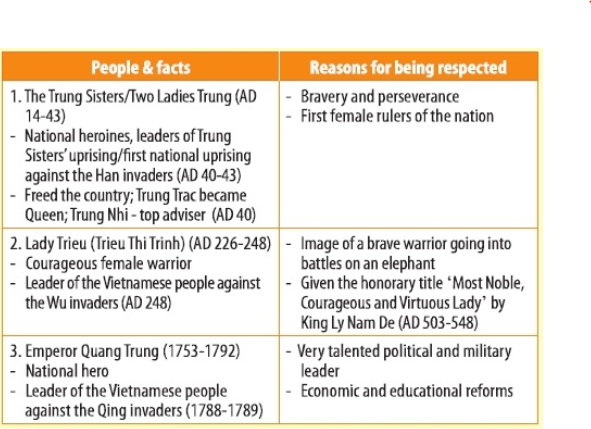Question
Tự luận
1. (Trang 44 - Tiếng anh 12): Read the text about the causes and effects of counter-urbanisation.
(Đọc văn bản về các nguyên nhân và ảnh hưởng của phản đô thị hóa.)
While urbanisation has led to fast urban growth, counter-urbanisation has resulted in the opposite situation. Counter-urbanisation happens when a great number of people move from urban areas into rural areas.This phenomenon is linked to the ‘push’ and ‘pull’ factors of migration. Trying to avoid overcrowded inner cities, city dwellers look for larger, cleaner and quieter houses with more land at cheaper prices in rural or suburban areas. They want to escape the air and noise pollution, and the crime in inner cities.However, counter-urbanisation causes serious problems in the shrinking cities. These cities face severe economic strain and a sharp increase in poverty. Despite declining populations, they still have to spend money maintaining infrastructure, such as roads, sanitation, public transport, etc.., built for a much larger population.
Meanwhile, villages in the countryside become increasingly urbanised, grow fast and soon lose their uniqueness and charm. Local prices go up because city migrants have more money. They earn money from well-paid city jobs and high-valued city properties. Villagers often find it more and more difficult to earn a living and provide for their families.Counter-urbanisation has caused many negative effects. Governments should find urgent short-term solutions before implementing a long-term comprehensive programme to make life sustainable for people in both urban and rural areas.
Bài làm:
Read more: Review 1: Skills (trang 44,45)
Verified Answer
Hướng dẫn dịch:
Mặc dù đô thị hóa đã dẫn tới sự phát triển nhanh chóng của đô thị, nhưng đô thị hóa đã dẫn đến tình trạng tiêu cực. Việc phản đối đô thị hóa xảy ra khi một số lượng lớn người di chuyển từ khu vực thành thị đến các vùng nông thôn.
Hiện tượng này liên quan đến các yếu tố di chuyển của 'đẩy' và 'kéo'. Cố gắng tránh đi những thành phố đông người, người dân thành phố tìm kiếm những ngôi nhà lớn hơn, sạch hơn, và yên tĩnh hơn với giá rẻ hơn ở khu vực nông thôn và ngoại ô. Họ muốn thoát khỏi ô nhiễm không khí, ô nhiễm tiếng ồn và tội ác ở các nội thành thành phố.
Tuy nhiên, việc phản đối đô thị hóa gây ra những vấn đề nghiêm trọng ở các thành phố. Những thành phố này phải đối mặt với tình trạng kinh tế trầm trọng và sự gia tăng nghèo đói. Mặc dù dân số đang giảm, họ vẫn phải tiêu tiền cho việc duy trì cơ sở hạ tầng cũng như đường sá, vệ sinh, phương tiện công cộng ... được xây dựng cho số lượng lớn dân số.
Trong khi đó, những ngôi làng ở nông thôn ngày càng trở nên đô thị hóa, phát triển nhanh chóng và nhanh chóng mất đi tính độc đáo và quyến rũ của chúng. Giá cả ở địa phương tăng lên bởi vì người nhập cư thành phố có nhiều tiền hơn. Họ kiếm được tiền từ công việc thành phố được trả lương cao và tài sản của thành phố có giá trị cao. Người dân ở các ngôi làng thường thấy ngày càng khó kiếm sống và cung cấp cho gia đình của họ.
Việc chống đối đô thị hóa là nguyên nhân gây nhiều tác động tiêu cực. Chính phủ cần tìm giải pháp ngắn hạn khẩn cấp trước khi thực hiện một chương trình toàn diện dài hạn nhằm làm cho cuộc sống của người dân ở cả khu thành thị và nông thôn bền vững.
